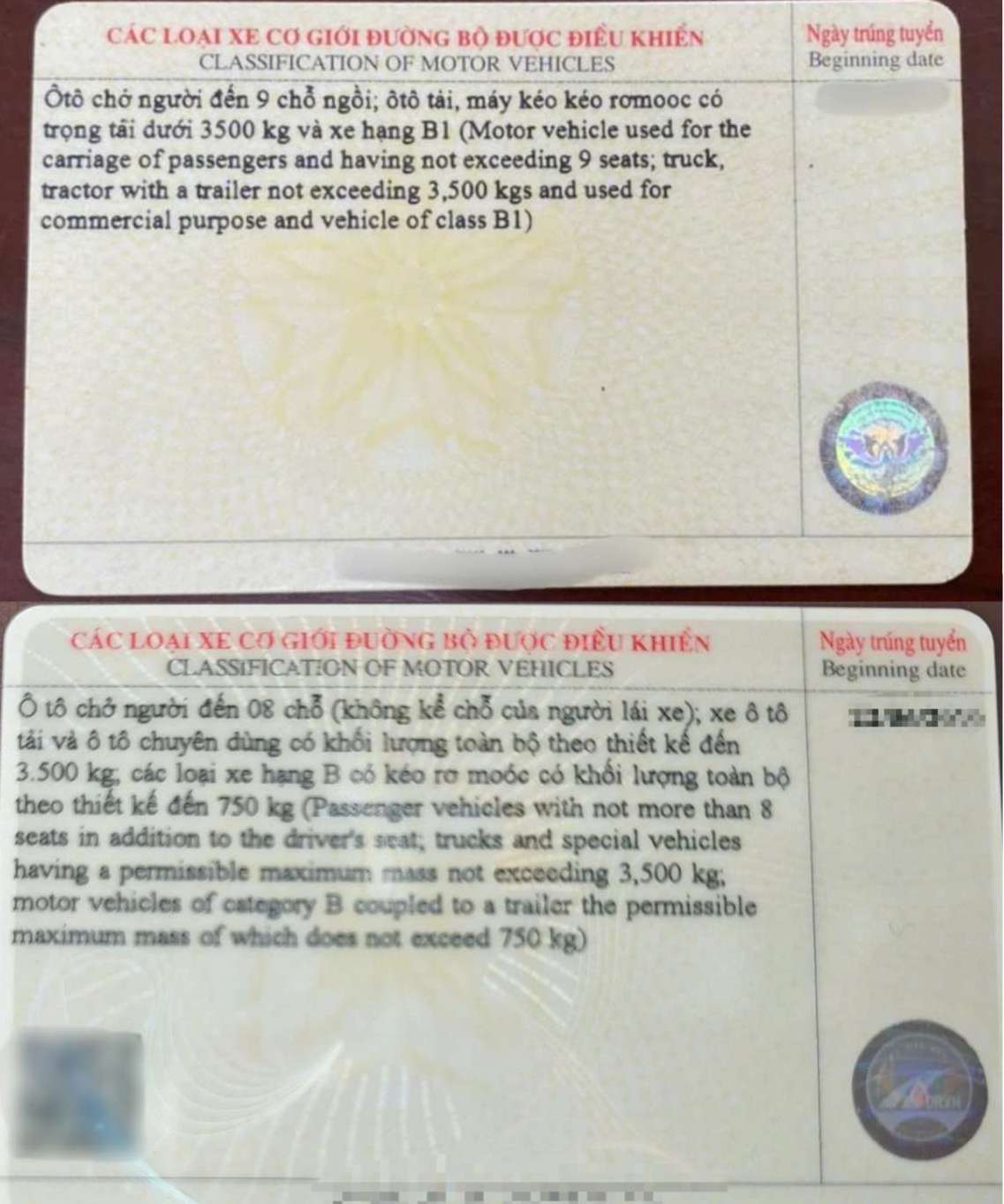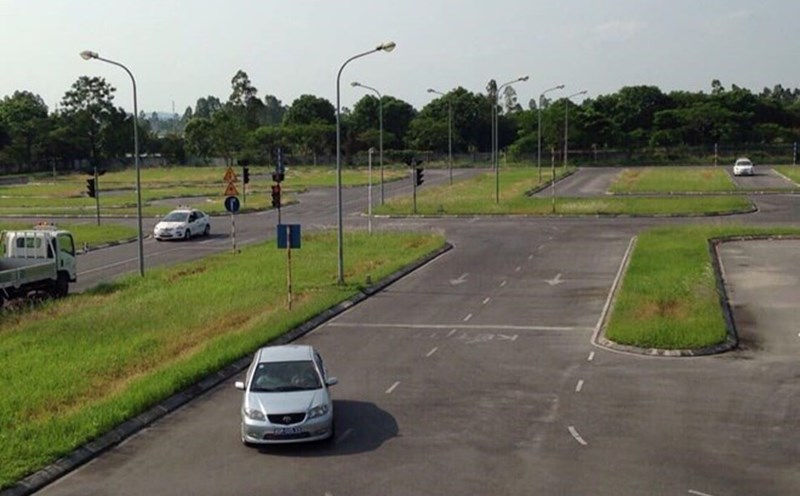The Law on Road Traffic Order and Safety officially takes effect from the beginning of 2025, stipulating a total of 15 driving license classes. In which, the previous B1 and B2 driving licenses were combined into the new B class.
According to regulations, people who already have B1 and B2 degrees (old) can choose to change to B degrees (new) or C1 degrees (new).
The biggest difference between these degrees lies in vehicle control authority. Previously, the B2 license allowed drivers to drive passenger cars with up to 9 seats and trucks with a load capacity of less than 3.5 tons.
According to the new law, a B certificate only allows truck drivers to have a "comprehensive weight according to design" of up to 3.5 tons, which is the total weight of the vehicle, people and goods. This can make it difficult for truck drivers to transport goods, forcing them to reduce their load or use smaller trucks.
Meanwhile, the C1 license plate brings more advantages when allowing the driver to drive all B-class vehicles. At the same time, driving a truck with a total weight according to the design from over 3.5 tons to 7.5 tons.

For truck drivers, changing from B1, B2 (old) to C1 (new) will help expand the range of vehicle control.
However, currently, the National Public Service Portal only supports the exchange of B1, B2 (old) to B (new) degrees, and has not yet allowed the exchange from B1, B2 to C1 degrees. Therefore, those who need to change to a C1 certificate need to submit the application and do the procedures directly at the Department of Transport where they reside.
In addition, both new degrees B and C1 have a term of 10 years, similar to the previous B1 and B2. Drivers need to consider choosing a driver's license that suits their work and travel needs.











